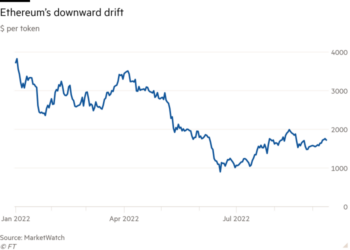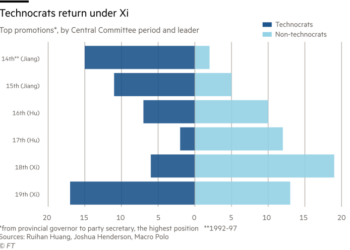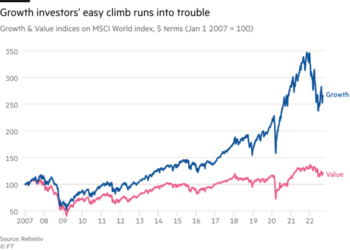Newcomers to San Francisco who are looking for signs of a futuristic tech metropolis tend to come away disappointed. Yes, there is a robot barista making coffee in the airport, but other evidence is harder to come by. The city’s apathy towards its own tech sector is exemplified by low regard for ride-hailing apps. Not that that’s likely to stop a new service from trying its luck.
Alto is hoping to stand out from rivals Uber and Lyft by making its drivers employees – with all the attendant benefits – and sending them out in a standard model of car, a mid-sized Buick SUV. That may win over riders and drivers. But the company should not expect a warm welcome from the city.
Uber and Lyft were both founded in San Francisco. Neither are made to feel wanted. San Francisco airport may have been one of the first in the US to embrace ride-sharing services but it appears to have regretted the decision. If you arrive on a domestic flight and want to catch an Uber, you are left to hunt for non-existent signs, bump your suitcase along a concrete pass and down a flight of stairs and head out to a distant car park.
This is intentional. San Francisco’s troubled history with its taxi drivers matches New York’s. In 2010, shortly after Uber was launched, the city introduced a new auction for medallions, the licences that give drivers the right to operate taxis. The price was a straightforward but stratospheric $250,000. In the past, these were available for a nominal fee but there was a long waiting list. Medallion holders would hang on to them for decades – sometimes renting them out to other drivers as a form of passive income.
San Francisco’s decision to create a market for medallions made the city a lot of money – $63mn, according to the San Francisco Municipal Transportation Agency (SFMTA), the city agency with regulatory authority over the taxi industry. Medallion sellers made millions too.
But within a couple of years of the sales, rideshare companies had swamped the city, offering cheaper rides via convenient apps. Taxi revenues collapsed. The market for second-hand medallions was non-existent. Taxi drivers who had taken out huge loans were left with unaffordable debt. Many defaulted. Drivers want the city to buy back the medallions at the prices paid – the most recent organised protest was held earlier this month. But this is unlikely to happen. New York cab drivers are fighting the same fight, battling vast loans taken out to buy medallions before ride-hailing companies changed the market.
There is no satisfactory way to apportion blame. In San Francisco, a credit union that backed many of the loans sued the SFMTA for not protecting medallion value. Last year it lost its case. The SFMTA does not have jurisdiction over ride-hailing companies. They are regulated at state level, not city.
San Francisco’s response is to give taxi drivers who paid a vast price for medallions priority over other taxis at the airport. This is intended to help with the huge financial burden, though it is small compensation. They are permitted to drive along Market Street, one of San Francisco’s main streets, which is closed to private vehicles. As of 2020, the city has imposed a 3.25 per cent surcharge on ride-share journeys but not on taxis.
Passengers unaware of the backstory will not stop calling Ubers. Some may think twice after they have been forced to take an inconvenient route, but not many. The strange thing is that both taxi drivers and Uber have lost out financially. Ride-hailing companies are still trying to figure out how to make sustainable profits and keep users booking rides. Uber has only just begun to report positive net income. Its latest battle is working out how to offset rising oil prices. An oil levy for passengers to cover the price rise will help drivers but could put off riders.
The downsides to ride-hailing companies are common knowledge by now. They do not reduce car use – they increase it. Congestion has grown worse, making cities noisier, more polluted places, where journeys take longer. Research by Carnegie Mellon University shows that Ubers and Lyfts produce 20 per cent more greenhouse gas emissions than personal vehicles because they spend so much time driving around to collect passengers. Alto may well carve out a niche in the Bay Area. But the future of city transport is still up for grabs.
Elaine Moore is FT ’s deputy Lex editor











